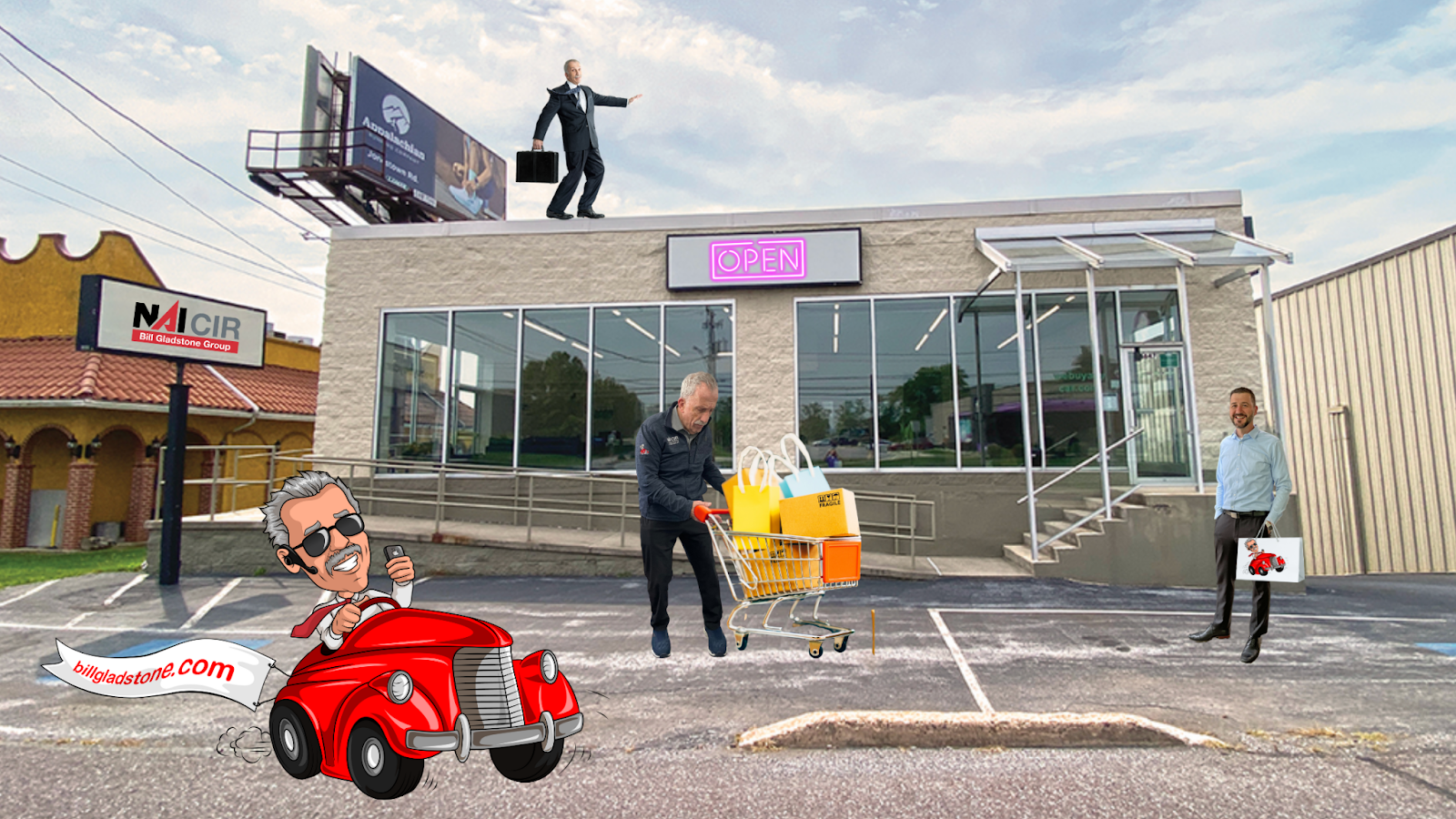
Retail is transforming fast. Large-format stores are under pressure, e-commerce continues to disrupt, and consumers increasingly demand convenience and locality. The recent article from NAI, “Sizing Down: Are ‘Small Format’ Stores the Next Big Thing for Retail?”, highlights how many national brands are testing more compact footprints to stay relevant.
For commercial real estate professionals, especially here in Central PA, this trend isn’t just a curiosity — it presents real opportunities. Let’s break down what “small format” retail is, why it’s gaining traction, and how Harrisburg area stakeholders can position themselves advantageously.
What Are “Small Format” Stores?
- These are smaller retail locations (typically far below big box scale) that offer a curated version of goods rather than full selection.
- They emphasize convenience, proximity, and adaptability to local preferences.
- Big brands (Macy’s, Target, IKEA) and grocers are already experimenting with them, to reach submarkets or test ideas.
- The goal: reduce overhead (rent, staffing, inventory) while maintaining brand touchpoints closer to the customer.
Why the Timing Makes Sense
Several forces are pushing retail toward smaller formats:
- Consumer expectations for convenience. Shoppers want what they need close to home or work.
- Cost pressures. Rent, labor, and operational costs for large stores are high; smaller footprints help control those.
- Testing & flexibility. Small format stores allow brands to pilot new concepts in lower-risk environments before scaling.
- Data-driven curation. Because small stores carry fewer SKUs, brands can tailor inventory more sharply to local buying behavior.
For retailers, small-format is becoming a tool to stay relevant in competitive and changing markets.
What This Means for CRE in Harrisburg / Central PA
- Reimagining Underutilized Retail Space
Older strip centers or oversized retail shells may be repositioned to host multiple smaller tenants or hybrid models. A big vacant store might now become two or three small-format tenants. - Strategic Site Selection
For small-format stores to work, location matters — nearby residential density, walkability, or high-traffic corridors can make or break performance. See our blog on What Makes a Township ‘Hot’ for Commercial Investment? for the indicators we watch in Central PA. - Lease Structures & Flexibility
Retail landlords may need to rethink lease models: more flexible term lengths, turnover allowances, or even shorter build-out obligations to accommodate smaller tenants. Our guide on Top Mistakes to Avoid When Leasing Commercial Space provides insights from the tenant perspective that landlords should also understand.
- Tenant Mixed Portfolios
Tenants combining e-commerce, in-store pickup, and neighborhood footprints may value locations not because of big square footage but because of strategic presence. - Local Brands & Specialty Retail
Small-format models aren’t just for national players. Local or regional retailers may adopt them to reach new submarkets—tailored to Harrisburg’s neighborhoods and townships.
How BGG Can Help — With Internal Resources
- Considering repositioning or sale? Read our post on Key Questions to Ask Before Selling Your Commercial Property
- Looking at long-term investing opportunities? Start with Understanding CRE for First-Time Investors
- Want to layer in technology for smarter retail planning? Our feature on How AI Is Transforming the Real Estate Industry
Challenges & Risks to Monitor
- Scale limitations. Some product lines don’t downsize easily — bulk goods or experiential retail still need space.
- Customer perception. Shoppers may view small-format as “less than” unless curated carefully.
- Zoning or infrastructure constraints. Some local ordinances or sites may inhibit reconfiguration.
- Competition for flexible retail space. As more tenants look to shrink their footprint, quality small spaces may be in higher demand.
Final Thoughts
The “small format” retail movement may be more than just a trend — it could become a core part of how retail real estate evolves. For markets like Harrisburg and Central Pennsylvania, the opportunity lies in adapting existing assets, partnering with nimble tenants, and staying ahead of consumer expectations.
At The Bill Gladstone Group, we’re here to help you evaluate how this shift may impact your portfolio, development plans, or leasing strategy.

